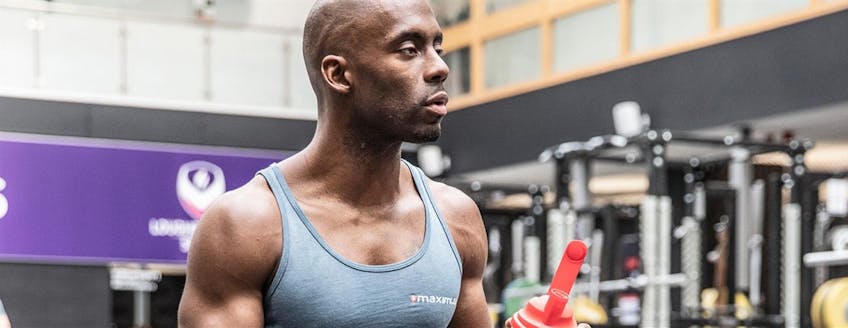Having a greater understanding of dehydration, you will be fully on board with the importance of drinking. But when should you drink, and should you just stick to water?
Key Points
- When should I drink? As prescribed, when I’m thirsty or when I want? All have merit but should be considered based on circumstance and individually tailored.
- Electrolytes – the body’s natural water monitors, are also lost in sweat and will need to be replaced to maintain hydration status.
When should you drink?
There are three schools of thought when it comes to fluid replacement during exercise: programmed drinking, drinking to thirst and drinking ad libitum.
Programmed drinking – The general hydration guidelines are to prevent excessive dehydration (>2% body weight reductions from sweat loss) by customising an appropriate but individually tailored fluid replacement strategy that matches sweat loss. In the majority of cases, drinking 0.4 – 0.8 L per hour should suffice, although tailoring this strategy should be considered and based on athlete size, exercise modality, exercise intensity and environmental conditions. This should be followed on from a pre-exercise hydration strategy of drinking ~5-7 ml per kg of body weight.
Drinking to thirst – The notion of acting on the human body’s thirst mechanism, coined by Professor Tim Noakes as the most sensible method as it avoids potentially dangerous over-drinking – a possible consequence to programmed or ad libitum drinking. Programmed drinking versus drinking to thirst has long been debated with several scientists and practitioners sitting in both camps. Science has shown that a floor in the drinking to thirst notion is at the thirst mechanism can be sensitive to both situation and age, along with struggling to match up with high fluid losses, particularly over a prolonged period. However, the plausibility of drinking to thirst has human history from our early ancestors to prove it works.
Ad Libitum – Essentially drinking when you want. Not just seeking out a drink when you are thirsty, but actively drinking whenever you can and want, for example, frequently sipping a water that is on your desk at work. Most recently, research has shown that this type of drinking does not hinder performance over shorter distances. With exercise being less than 2 hours, performance isn’t negatively affected, although this maybe dependent upon the environment.
Irrespective of these drinking conditions, fluid replacement should be individual specific, taking into consideration the dehydration factors of exercise modality and intensity, along with the environmental conditions.
We also need to take into account the electrolytes; balancing the internal levels with the exercise losses. In particular, sodium is considered the key electrolyte, but potassium, calcium, magnesium and chloride also play a part.
Based on typical losses in sweat, electrolytes should be consumed during exercise, sodium at 0.46 – 0.91 g/L and potassium at 0.08 – 0.20 g/L. These are fairly typical electrolyte levels that can be found in isotonic sports drinks and powders, but can also be found in bars, blocks and gels, such as the FuelMax Gels.












